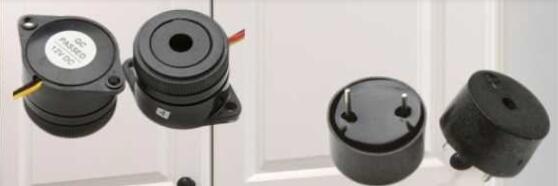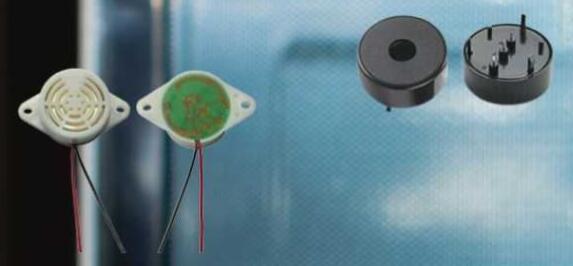Piezoelectric buzzer
is a kind of sound generator with piezoelectric ceramic
as electroacoustic transducer
. The core of this device is the energy exchange part pasted on the metal sheet with piezoelectric ceramic sheet, that is, piezoelectric buzzer sheet. Piezo electronic buzzer has attracted much attention and developed very rapidly due to its characteristics of no RF noise and low power consumption.
In simplest terms, a piezo buzzer is a type of electronic device that’s used to produce a tone, alarm or sound. It’s lightweight with a simple construction, and it’s typically a low-cost product. Yet at the same time, depending on the piezo ceramic buzzer specifications, it’s also reliable and can be constructed in a wide range of sizes that work across varying frequencies to produce different sound outputs.
Piezo buzzer is an electronic component that can emit a continuous beep, typically used in alarm systems, electronic devices, and other applications
Compared with other buzzers, the electronic piezo buzzer sold by FBelec has the following advantages:
1. Because there is no movable contact part, it has long service life and high reliability. It can be used continuously for more than 10000 hours. It is a semi permanent device
2. No arcing or RF noise, no interference to other lines
3. It will not cause large vibration due to looseness
4. Controlled by electronic circuit, it can produce a variety of pleasant sounds, analog sounds and intermittent sounds. The timbre is pure and not easily covered by noise
5. It is excited by voltage, so the consumption current is small, generally less than 20mA and not more than 100mA
6. Small and loud. The volume can reach 70 dB / 20cm, while the element thickness is only less than 1mm
7. Wide operating temperature range
8. It is easy to install and has no electromagnetic coil and moving coil. There is no need to worry about insulation deterioration and there is no possibility of leakage.














